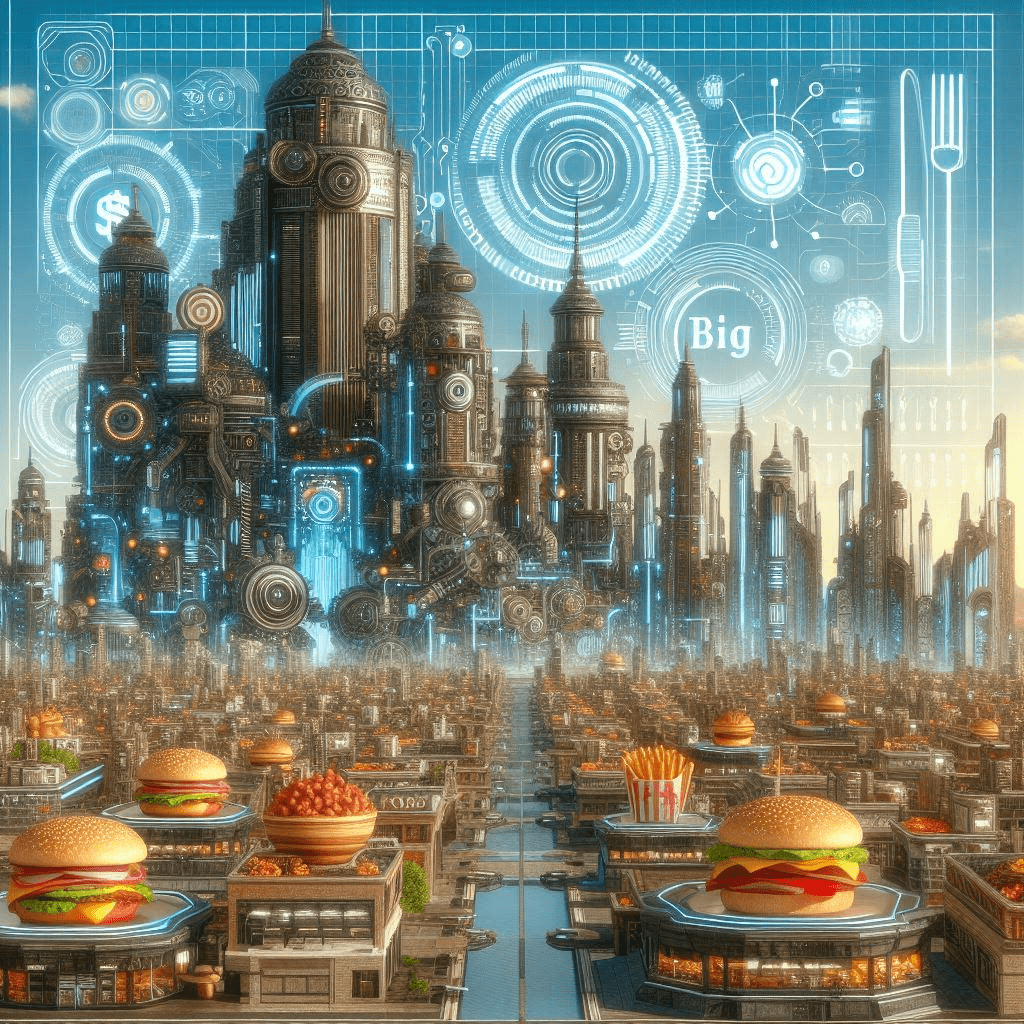The term “Big Food” is used to describe the massive, multinational corporations that collectively dominate the global industrial food system and consumer packaged food markets.
These are companies with billions in annual revenue that own multiple brands across various food and beverage categories like snacks, cereal, dairy, packaged meals, condiments, beverages and more. Many got their start over a century ago and grew into food industry giants through decades of consolidation, mergers and acquisitions.
Some of the largest companies considered part of “Big Food” include:
- Nestlé (Switzerland)
- PepsiCo (U.S.)
- Anheuser-Busch InBev (Belgium)
- JBS (Brazil)
- The Coca-Cola Company (U.S.)
- Mondelez International (U.S.)
- Danone (France)
- Mars (U.S.)
- Unilever (Netherlands/UK)
- Tyson Foods (U.S.)
- General Mills (U.S.)
- Kellogg’s (U.S.)
These multi-billion and multi-national corporations wield tremendous influence, economies of scale and market dominance. They have vast resources to invest in product R&D, marketing, lobbying and vertically integrated supply chains.
While providing abundance, convenience and value, Big Food has faced criticism from advocates over industrial agriculture practices, processed ingredients, unethical marketing, monopsony/oligopoly power, environmental impacts, labor policies and connections to public health issues like obesity.
Nonetheless, the scale, market penetration and financial clout of Big Food makes these companies crucial players in shaping the global food ecosystem for better or worse.
How Big Food Leverages Cutting-Edge Tech Daily
The food and beverage industry may seem traditional and low-tech on the surface. However, major food companies collectively known as “Big Food” are actually leveraging some of the most advanced technologies to gain a competitive advantage. From seed to plate, here’s how Big Food utilizes tech tools and innovations throughout their operations on a daily basis:
Agricultural Tech
It all starts at the farm level with precision agriculture technologies. Big Food giants work closely with agricultural companies deploying drones, sensors, GPS guidance systems and data analytics software. These technologies allow farmers to optimize resources like water, fertilizers and seeds down to the individual plant level for increased sustainability and yields.
Food Science R&D
In research labs, food scientists use cutting-edge tools like bio-engineering, encapsulation, densification, and enzyme/microbe technologies to create new formulations, enhance flavors, increase shelf-life and improve nutritional quality. Technologies like extrusion and high pressure processing are also utilized.
Smart Manufacturing
Today’s food processing and packaging plants are a marvel of industrial automation. Robotic systems, wireless sensors, integrated control systems and the industrial internet of things (IIoT) allow for intelligent tracking, high-efficiency output and consistent quality control. Future smart factories may feature even more advanced technologies like artificial intelligence and digital twin simulations.
Logistics Optimization
Big Food taps technologies to choreograph the complex supply chain of sourcing ingredients and distributing products globally. AI-powered route optimization software reduces miles traveled and fuel usage. IoT sensors monitor location and temperature. Blockchain increases supply chain traceability.
Food e-Commerce and Marketing
Of course, Big Food is tapping e-commerce platforms and digital marketing/social media to engage consumers directly and drive online sales. They also employ data analytics and machine learning to predict consumer trends, personalize promotions and shape new product development.
Whether innovating with new food technologies, digitizing operations or connecting with customers online, technology helps major food brands increase productivity, efficiency and market competitiveness each day.

